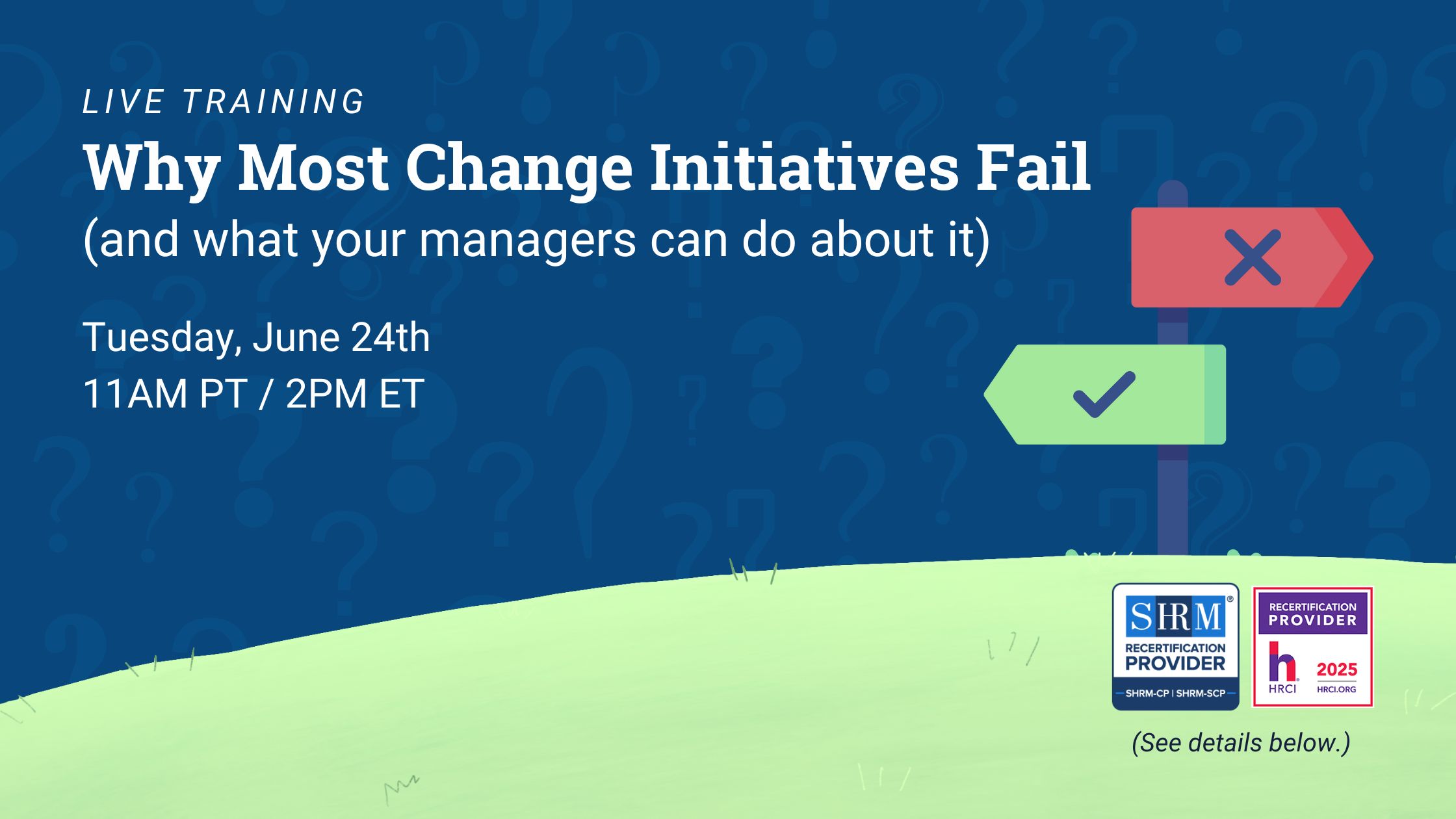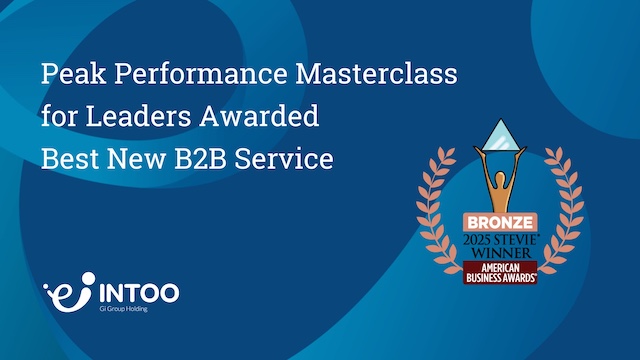A diverse workforce brings numerous benefits to an organization. It fosters innovation by encouraging various perspectives and problem-solving approaches, which can lead to more creative solutions. Workplace diversity also enhances decision-making, as teams with different backgrounds are better equipped to consider multiple viewpoints and avoid groupthink. Companies with diverse teams are also often more attractive to a broad customer base, reflecting an understanding of diverse markets and consumer needs. You may already knowingly benefit from employees with diverse backgrounds and experiences, including those with disabilities. However, while many organizations proudly hire individuals with physical disabilities, neurodiversity often remains in the shadows.
The unemployment rate for neurodiverse adults is alarmingly high—three times higher than for those with physical disabilities and eight times higher than for those without any disabilities. Yet, neurodiverse talent often brings unique strengths and skills that can drive your team’s success.
So, what is neurodiversity, and why should organizations embrace it in the workplace?
The Meaning Behind Neurodiversity and Neurodivergence
Neurodiversity acknowledges the natural variations in how our brains process and interpret information. It celebrates the idea that no singular “right” way exists to experience and interact with the world. Instead of viewing cognitive differences as deficits, neurodiversity embraces them as integral parts of human diversity.
Neurodivergence refers to individuals with cognitive differences such as autism, ADHD, dyslexia, and more. These unique ways of thinking and processing information are not just deviations from the norm; they are distinct and valuable perspectives that enrich our understanding of the world.
Neurotypical describes those whose brains function in ways that align with societal norms, while neurodiverse refers to groups that include neurodivergent individuals.
Recognizing and valuing neurodiversity in the workplace creates a more inclusive environment where diverse cognitive styles are seen as assets, driving innovation, creativity, and success within organizations.
Types of Neurodiversity
While everyone exists along the neurodiversity spectrum, the term is commonly used to refer to individuals with specific neurological or developmental differences, as well as learning disabilities. These can include:
- Attention Deficit Hyperactivity Disorder (ADHD)
- Autism Spectrum Disorder (ASD)
- Bipolar Disorder
- Dyslexia
- Dyspraxia
- Dyscalculia
- Epilepsy
- Obsessive-Compulsive Disorder (OCD)
- Tourette Syndrome
- Trauma-related conditions
- Sensory Processing Disorder

How Can Neurodivergent Workers Benefit the Workplace?
Neurodivergent employees aren’t just valuable additions—they’re a strategic advantage. Here’s why:
- Better information processing: Autistic individuals often excel in processing information quickly and accurately. They can spot critical details others might overlook, which is especially valuable in roles requiring meticulous attention.
- Creative thinking: People with ADHD bring high levels of creativity and energy to the workplace. They are often great at thinking outside the box, taking risks, and multitasking. Similarly, individuals with dyslexia can see unique connections between ideas, simplifying complex tasks and creating innovative solutions. Their creative approaches can drive progress and open up new growth opportunities.
- Increased productivity: Many neurodivergent employees can be more productive than their neurotypical peers. They may make fewer mistakes and work more efficiently. This heightened productivity can lead to cost savings and better organizational performance.
- Fresh perspectives: Neurodivergent individuals bring different ways of thinking and problem-solving to their teams. Because their brains are wired differently, they can approach challenges from unique angles, leading to innovative solutions that might not have been considered otherwise. This diversity in thought is a powerful driver of innovation.
- More productive teams: Teams with neurodivergent members can experience up to 30% higher productivity. Diverse cognitive styles allow teams to find more comprehensive and effective solutions as a result of tackling problems from multiple perspectives.
- Higher employee retention: Creating a supportive and inclusive environment leads to greater loyalty among neurodiverse employees. Companies like EY and Microsoft report retention rates above 90% in their neurodiversity programs. High retention rates reduce recruitment costs and retain valuable talent, contributing to long-term organizational stability.
- Driving innovation: Neurodivergent employees often contribute to groundbreaking innovations. For example, a neurodivergent employee at SAP developed a fix that saved the company an estimated $40 million. Their unique perspectives can lead to significant advancements and cost-saving measures that drive the company forward.
- Attracting talent: Focusing on neurodiversity helps attract top talent, especially younger job seekers and individuals from underrepresented groups. Diverse and inclusive workplaces appeal to a broader range of candidates, enhancing the company’s reputation and making it an employer of choice.
What’s the Best Way to Work with a Neurodivergent Employee?
Neurodivergent employees may need clear and structured communication. The best way to work with a neurodivergent employee is to offer this and provide additional support by:
- Breaking tasks down into specific, manageable steps.
- Giving detailed instructions.
- Using written communication for clarity and reference.
- Scheduling regular check-ins to ensure understanding.
- Establishing a predictable routine.
- Creating a quiet workspace to minimize distractions.
- Encouraging open dialogue about preferences and needs.
For insights on best practices for supporting neurodivergent employees with diverse skills and traits, check out EARN’s Neurodiversity Inclusion: Organizational Success Checklist.
By offering tailored assistance and understanding, you help neurodivergent employees thrive, enhancing overall productivity and fostering a collaborative work environment.

5 Ways to Support Neurodiversity in the Workplace
1. Establish Employee Resource Groups (ERGs)
Creating Employee Resource Groups (ERGs) is a powerful way to support neurodiversity. These voluntary, identity-based communities provide a safe space for neurodivergent employees and their allies to connect, share experiences, and access support.
2. Make accommodations accessible
Ensuring that information about accommodations is easily accessible is crucial for creating an inclusive environment. This should be integrated into the onboarding process so that all new employees are aware of the accommodations available and how to request them.
Providing examples of possible accommodations, such as flexible work schedules, noise-canceling headphones, extra time for tasks, and closed-captioned meetings, helps neurodivergent employees understand their options.
3. Embrace flexibility
Flexibility in the workplace benefits everyone, not just neurodivergent employees. Understanding that flexibility looks different for each person is key. Leaders should be open to accommodating various work preferences, such as flexible hours, remote work options, and personalized workspaces. By being adaptable and supportive of different working styles, organizations can create an environment where all employees feel valued and empowered to contribute their best work.
4. Encourage “user manuals”
Encouraging all employees to create “user manuals” that outline their preferred ways of working is a simple yet effective practice. These manuals provide specific instructions for collaboration, helping team members understand each other’s needs and working styles. By normalizing this practice, organizations can ensure that every employee’s unique strengths are recognized and leveraged.
5. Educate and raise awareness
Education is the foundation of an inclusive workplace. Training sessions on neurodiversity for all employees can dispel misconceptions and build understanding. Educating managers on how to support neurodivergent team members is equally important. Sharing resources, hosting workshops, and promoting open conversations about neurodiversity help create a supportive culture where everyone feels valued.
By implementing these strategies, companies can create a truly inclusive workplace that leverages the unique strengths of neurodivergent employees.
Incorporating neurodiversity into the workplace fosters inclusion and enhances creativity, productivity, and innovation. By valuing and supporting neurodivergent employees, organizations can unlock unique perspectives and talents that drive long-term success.
Looking for additional ways to support neurodiverse employees and other members of your workforce? INTOO offers a variety of coaching programs, trainings, and workshops to help team members set meaningful goals, create strategies to accomplish them and achieve success for themselves and your organization. Contact us today to learn more.











